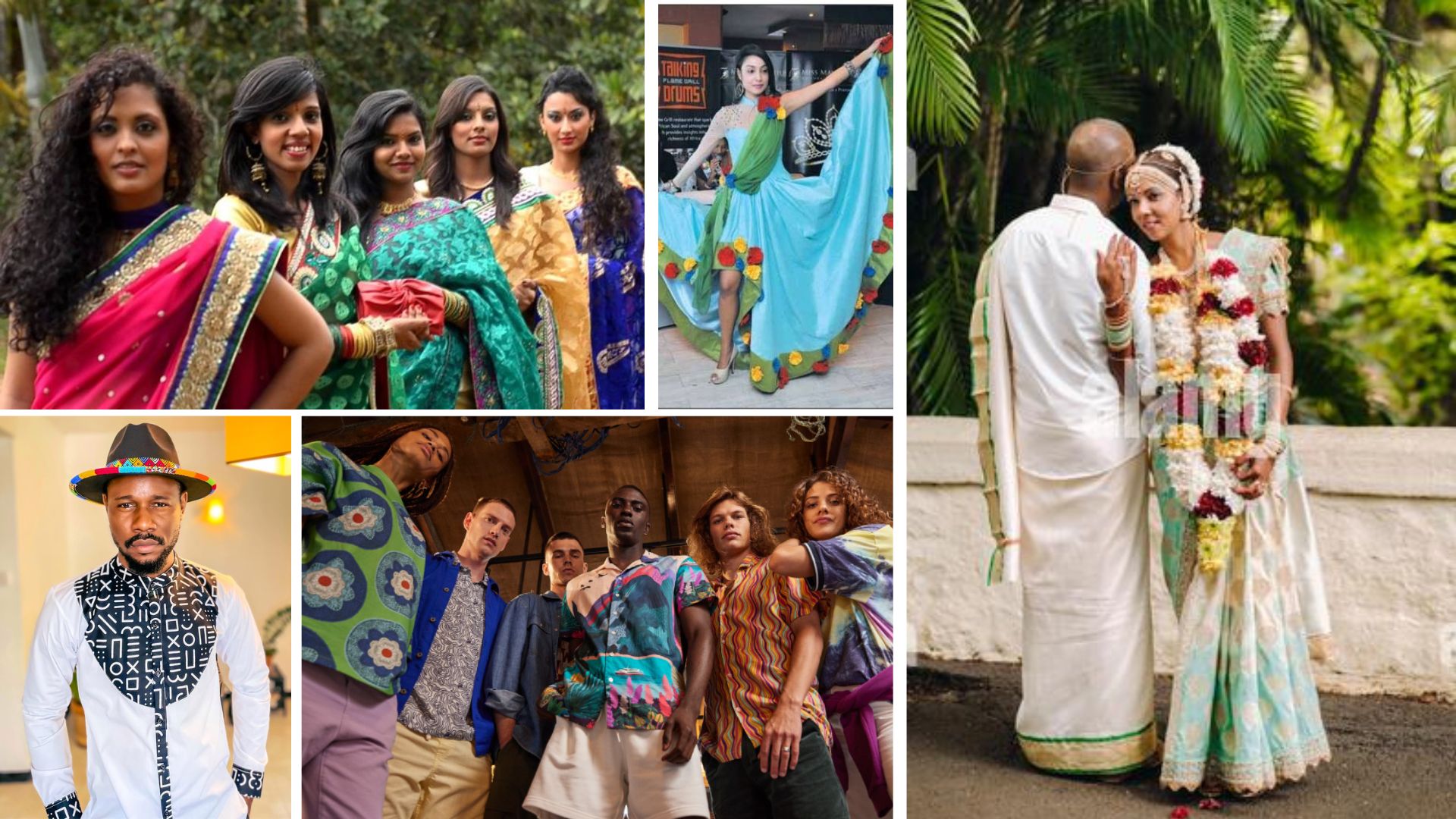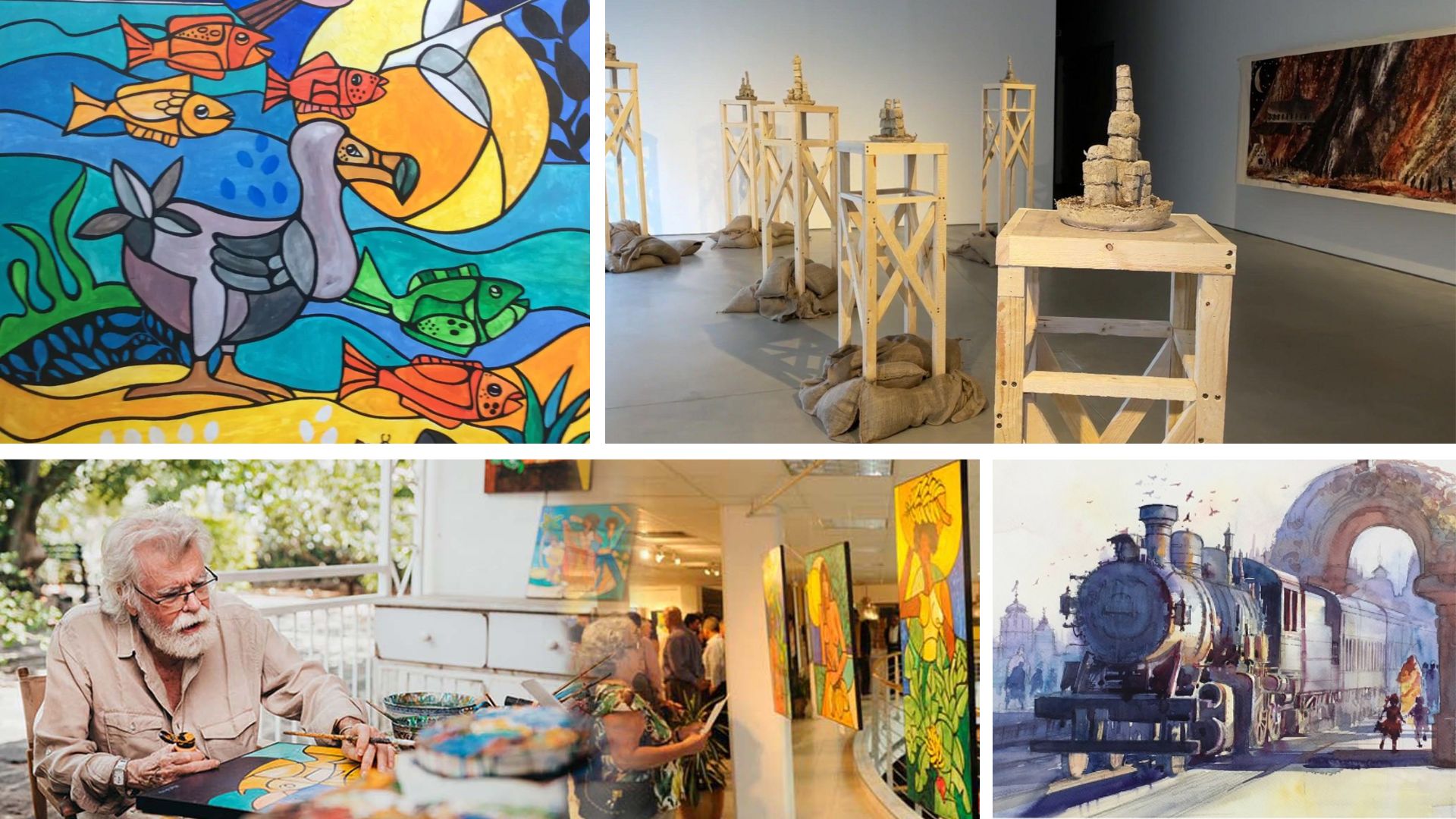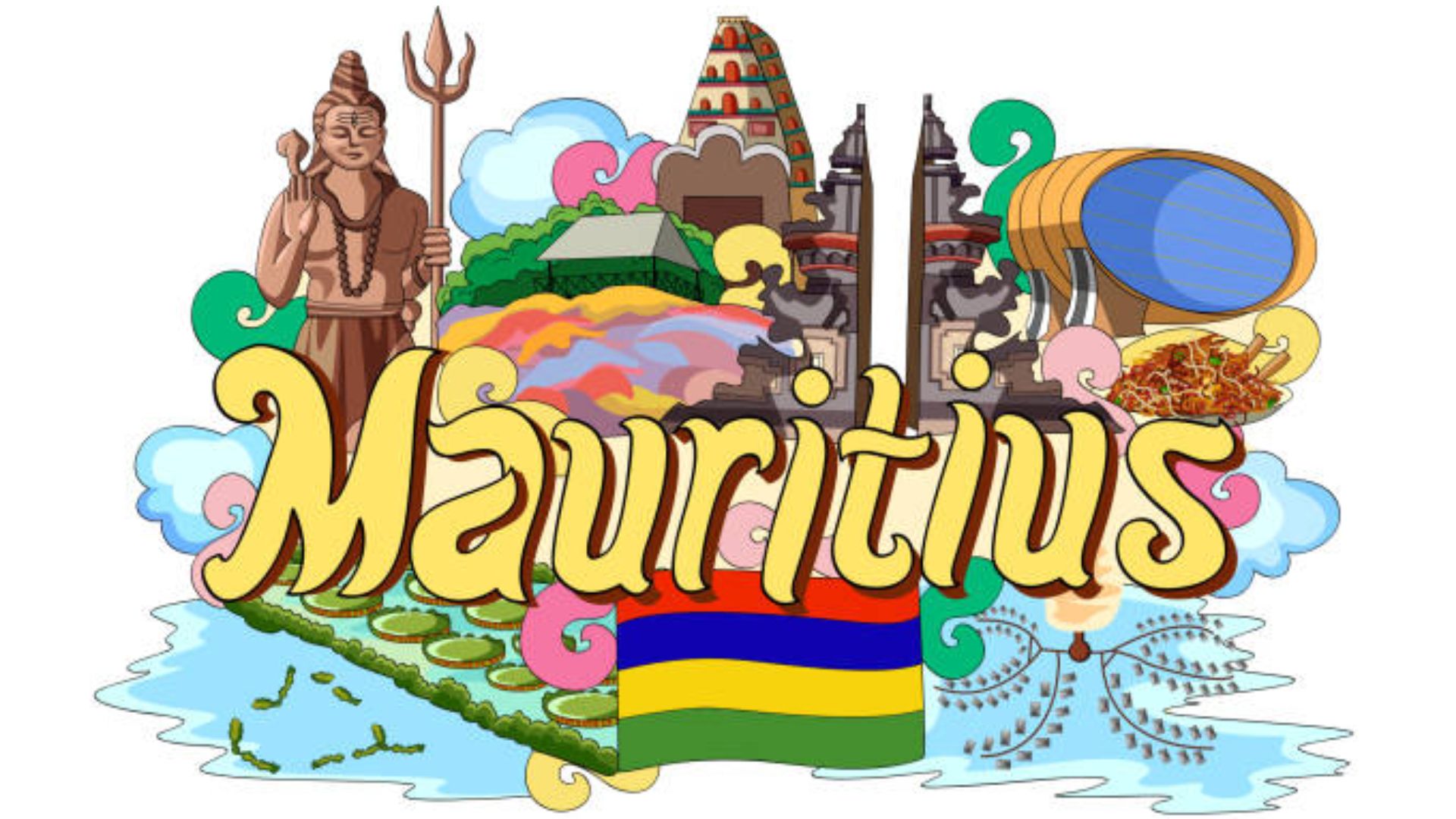 Mauritius boasts a vibrant and diverse culture shaped by its unique history, rich heritage,
and multicultural population. The island nation's culture reflects influences from Africa,
Asia, Europe, and the Middle East, resulting in a dynamic fusion of traditions, languages,
cuisine, music, and festivals.
Mauritius boasts a vibrant and diverse culture shaped by its unique history, rich heritage,
and multicultural population. The island nation's culture reflects influences from Africa,
Asia, Europe, and the Middle East, resulting in a dynamic fusion of traditions, languages,
cuisine, music, and festivals.  One of the defining aspects of Mauritian culture is its cultural diversity, with various ethnic
groups coexisting harmoniously. The population consists of people of African, Indian,
Chinese, French, and Creole descent, among others, each contributing their customs and
traditions to the cultural tapestry of Mauritius.
Cuisine plays a central role in Mauritian culture,
reflecting the island's diverse culinary heritage.
The cuisine features a fusion of flavours from
Indian, Chinese, African, and European culinary
traditions, resulting in a rich and flavorful
gastronomic experience. Staple dishes include
"dholl puri" (a type of flatbread), "rougaille" (a
tomato-based stew), "bouillon" (a flavorful
broth), and "gateau piment" (chili cakes), among
others.
One of the defining aspects of Mauritian culture is its cultural diversity, with various ethnic
groups coexisting harmoniously. The population consists of people of African, Indian,
Chinese, French, and Creole descent, among others, each contributing their customs and
traditions to the cultural tapestry of Mauritius.
Cuisine plays a central role in Mauritian culture,
reflecting the island's diverse culinary heritage.
The cuisine features a fusion of flavours from
Indian, Chinese, African, and European culinary
traditions, resulting in a rich and flavorful
gastronomic experience. Staple dishes include
"dholl puri" (a type of flatbread), "rougaille" (a
tomato-based stew), "bouillon" (a flavorful
broth), and "gateau piment" (chili cakes), among
others.  Music and dance are also essential elements of
Mauritian culture, with various musical genres and dance styles reflecting the island's
multicultural influences. Traditional Sega music and dance, characterized by its rhythmic
beats and colourful costumes, hold a special place in Mauritian culture, serving as a symbol
of national identity and heritage. Additionally, other music genres such as Bhojpuri, Seggae
(a fusion of Sega and reggae), and modern pop music are popular among the Mauritian
youth.
Music and dance are also essential elements of
Mauritian culture, with various musical genres and dance styles reflecting the island's
multicultural influences. Traditional Sega music and dance, characterized by its rhythmic
beats and colourful costumes, hold a special place in Mauritian culture, serving as a symbol
of national identity and heritage. Additionally, other music genres such as Bhojpuri, Seggae
(a fusion of Sega and reggae), and modern pop music are popular among the Mauritian
youth.  Religion is another significant aspect of Mauritian culture, with various faiths practiced
across the island, including Hinduism, Christianity, Islam, and Buddhism. Religious festivals
and celebrations are observed with great fervour, providing opportunities for communities
to come together, share traditions, and celebrate cultural diversity.
Religion is another significant aspect of Mauritian culture, with various faiths practiced
across the island, including Hinduism, Christianity, Islam, and Buddhism. Religious festivals
and celebrations are observed with great fervour, providing opportunities for communities
to come together, share traditions, and celebrate cultural diversity.  Mauritius also boasts stunning natural landscapes, including pristine beaches, lush forests,
and breath-taking mountains, which inspire outdoor activities such as hiking, snorkelling,
and water sports. The island's natural beauty serves as a backdrop for cultural events,
festivals, and celebrations, further enriching the cultural experience for both locals and
visitors alike.
Mauritius also boasts stunning natural landscapes, including pristine beaches, lush forests,
and breath-taking mountains, which inspire outdoor activities such as hiking, snorkelling,
and water sports. The island's natural beauty serves as a backdrop for cultural events,
festivals, and celebrations, further enriching the cultural experience for both locals and
visitors alike.

Mauritius Clothing
Traditional clothing in Mauritius reflects the island's multicultural heritage, with various ethnic groups showcasing their distinct styles and garments. While modern attire is prevalent in urban areas, traditional clothing is still worn on special occasions, festivals, and cultural celebrations. Here are some examples of traditional clothing in Mauritius: Sega Outfits : Sega is a traditional music and dance form in Mauritius, and dancers often wear colourful and vibrant outfits during performances. Women typically wear "Robes Sega," which is long, flowing dresses adorned with bright patterns and embellishments.

Mauritius Food
Dholl Puri
:
Dholl puri is a beloved street food in Mauritius, consisting of thin,
soft flatbreads made from ground split peas (dholl).
Rougaille:
Rougaille is a flavorful tomato-based stew cooked with
onions, garlic, ginger, and a variety of spices. It can be made
with different proteins such as chicken, fish, shrimp, or tofu and
is often served with rice or bread.
Gateau Piment:
Gateau piments are savoury lentil cakes seasoned with herbs
and spices such as chilli, coriander, and cumin.
Boulettes :
Boulettes are Mauritian-style dumplings made from a mixture of minced meat (usually
chicken, beef, or fish) mixed with herbs, spices, and breadcrumbs.

Mauritius Art
Art in Mauritius encompasses a rich tapestry of creative expression deeply rooted in the island's multicultural heritage. Visual arts flourish with painters, sculptors, and mixed-media artists drawing inspiration from the lush landscapes, cultural traditions, and social dynamics of Mauritian life. Through their works, they capture the essence of the island's diverse communities, portraying everyday scenes, traditional rituals, and historical narratives with vivid colours and intricate details. The National Art Gallery of Mauritius serves as a hub for showcasing local talent alongside international artists, fostering dialogue and appreciation for the arts.

Mauritius Film Industry
The film industry in Mauritius is relatively small but steadily growing, fuelled by government support, local talent, and the island's picturesque landscapes. While Mauritius may not yet be a major player on the global filmmaking stage, the industry has seen significant development in recent years, with efforts to promote the island as a filming location and nurture local filmmaking talent. One of the key factors driving growth in the Mauritius film industry is the island's stunning natural beauty, which serves as a captivating backdrop for filmmakers. From pristine beaches and turquoise waters to lush forests and dramatic mountain ranges, Mauritius offers diverse and visually stunning landscapes that appeal to filmmakers seeking unique settings for their productions.

Mauritius Economy
Mauritius boasts a diverse and resilient economy driven by various sectors, including
tourism, financial services, manufacturing, agriculture, and information and
communication technology (ICT). As a small island nation in the Indian Ocean,
Mauritius has leveraged its
strategic location, political
stability, and business-friendly
environment to attract
investment and foster
economic growth.
Tourism, Financial Services, Manufacturing, Agriculture, Information and Communication
Technology (ICT),Renewable Energy.